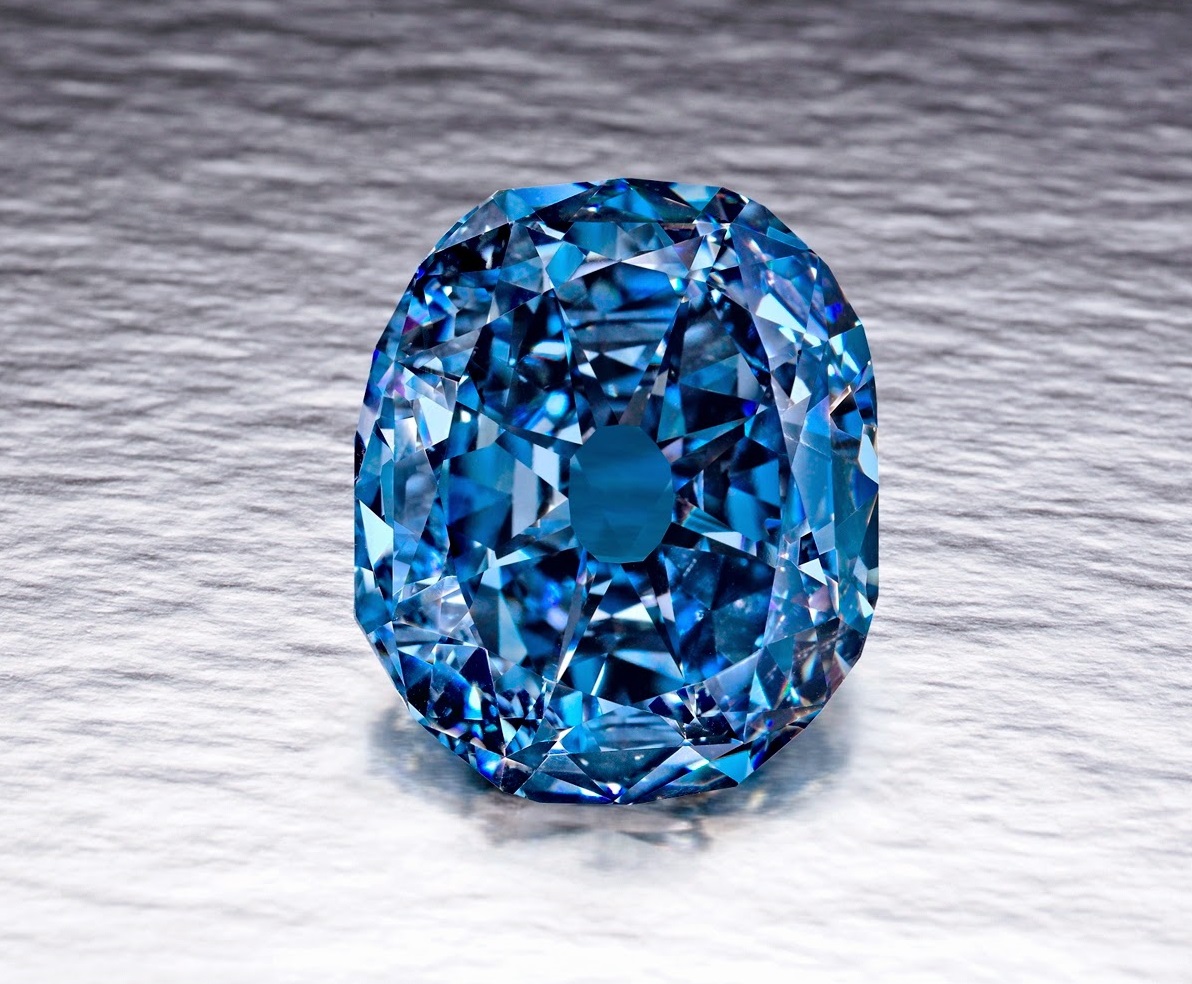Wittelsbach-Graff Diamond 35.56 carat
Wittelsbach-Graff Diamond, 35.56 carat, Fancy Deep Blue
Made by: Wittelsbach-Graff Diamond India
Sold for: USD 80 million
Auction house: Private sale
Sale date: June 2011
Seller: Laurence Graff
Buyer: Emir of Qatar, Hamad bin Khalifa
From Smithsonian Institution:
“The Wittelsbach-Graff Diamond is an object of intrigue and legend, certainly one of the great gemstones of the world,” said Jeffrey Post, curator of the National Gem Collection. “We are thrilled to present this icon of history—and gemology—to the public for the first time since it was displayed at the Brussels World’s Fair in 1958.”
The Wittelsbach-Graff Diamond has an illustrious history, dating back to 1664 when it was given by Philip IV of Spain to his daughter, the Infanta Margarita Teresa, upon her engagement to Emperor Leopold I of Austria. (In 1722, the diamond passed to the Wittelsbachs, members of the ruling House of Bavaria. It was here that the diamond derived its name.) After World War I, Bavaria became a republic and the crown jewels of the House of Wittelsbach were eventually sold at Christie’s in 1931 by auction.
In an incident that has never fully been explained, the Wittelsbach-Graff Diamond disappeared before the auction and was replaced by a worthless piece of blue, cut glass. The actual Wittelsbach-Graff Diamond resurfaced in Belgium in 1951 and was eventually displayed—without attribution—at the “World Exhibition” in Brussels in 1958. The diamond was correctly identified in 1962 by Joseph Komkommer, a Belgian gem expert.
In December 2008, the 35.56-carat stone was acquired by Laurence Graff, at auction in London. Graff’s expertise in gemology enabled him to see the potential in repolishing the stone, bringing to it more life and color while at the same time making it internally flawless. The process brought the stone to its current weight of 31.06 carats. Throughout the very delicate process of repolishing this famous stone, great care and attention was taken to retain its original features. Since then, it has achieved the top certification of internally flawless, type Ilb (the rarest), deep-blue. According to the Gemological Institute of America, the diamond “… is the largest Flawless or Internally flawless, Fancy Deep Blue, Natural Color we have graded to date…”
“To have two of the world’s most historical stones—the Wittelsbach-Graff and the Hope Diamond—displayed together, is a testament to the stones’ history and importance,” said Graff, chairman of Graff Diamonds International Ltd. “I believe the diamond’s appearance at the Smithsonian will represent another significant chapter in its remarkable history.”
